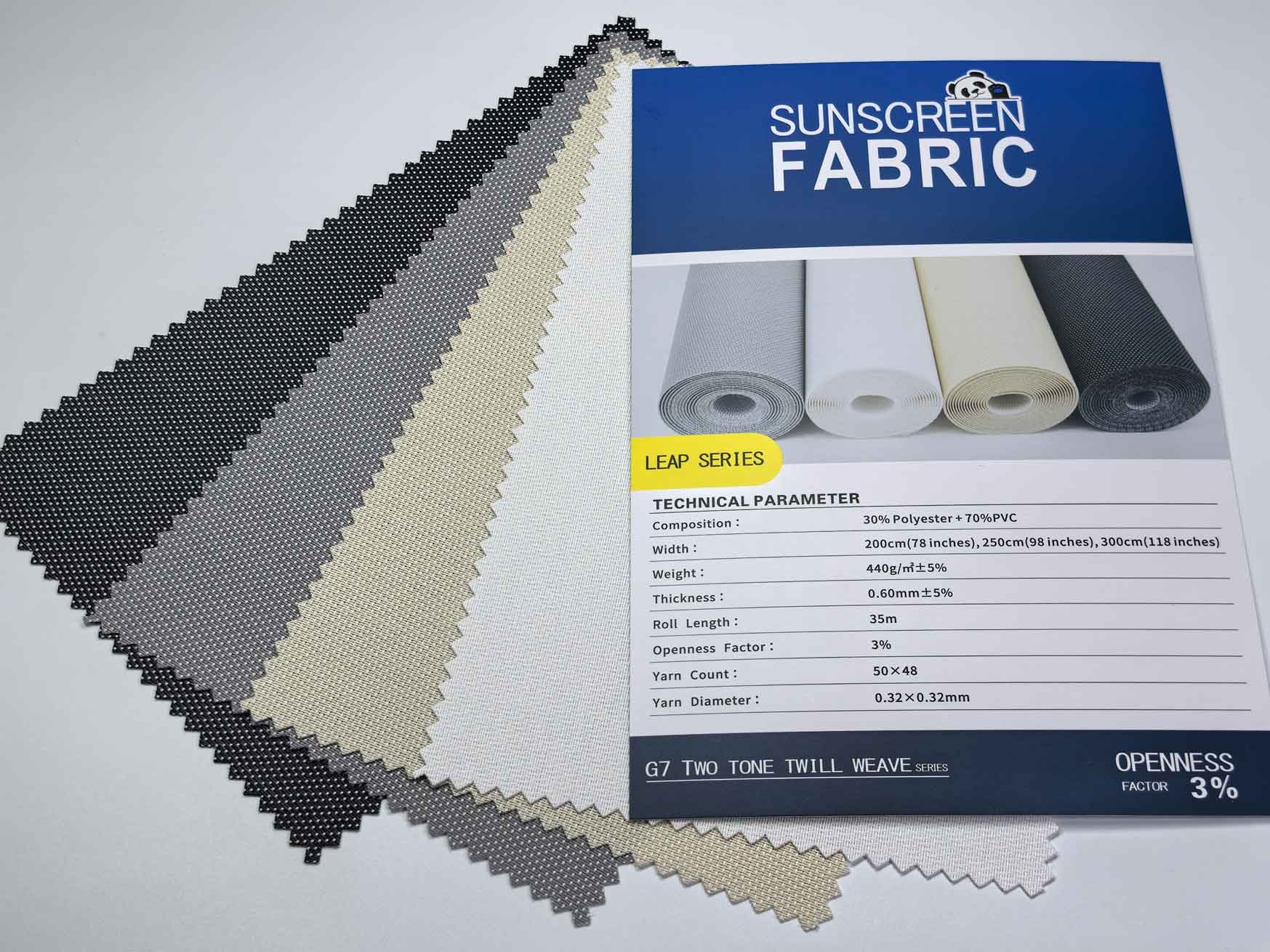Industry Contemplations: Potential Directions in Solar Control Textiles
The architectural textiles sector continues to navigate a complex landscape of technological possibilities, environmental considerations, and evolving market expectations. While products like G7-312 represent current performance standards, the industry faces numerous potential development pathways without clear direction. This examination explores various factors that might influence future evolution of Sunscreen fabric technologies and market dynamics.

Material Science Considerations
The advancement of material technologies presents multiple potential pathways:
Alternative Formulations: Ongoing research into new material combinations, though performance equivalence remains uncertain
Environmental Impact: Continued focus on reducing ecological footprint through improved production processes
Performance Enhancement: Exploration of improved functional characteristics through advanced material science
Sustainability Contemplations
Environmental concerns continue to influence development discussions:
Lifecycle Optimization: Efforts to enhance environmental performance across complete product lifecycles
Resource Efficiency: Considerations regarding material usage and manufacturing efficiency
End-of-Life Management: Exploration of recycling and reuse strategies for architectural textiles
Performance Enhancement Possibilities
Potential areas for functional development include:
Advanced Optical Properties: Research into improved light management capabilities
Durability Improvements: Development of enhanced resistance to environmental factors
Multi-functional Applications: Integration of additional performance characteristics
Regulatory and Standards Evolution
The regulatory environment continues to evolve:
Material Compliance: Changing requirements for material composition and safety standards
Performance Standards: Development of more comprehensive testing protocols
Certification Systems: Expansion of verification and certification programs
The future development of Roller blinds Fabrics technologies will likely be influenced by complex interactions between these factors, with no single direction emerging as clearly predominant. The industry continues to explore multiple possibilities while maintaining established product lines that meet current market requirements and performance expectations.















